Ringing and Results
The Ringing and Results posts show details of our ringing and highlight some of the more interesting facts that this has uncovered about our birds.

The Group has since its formation undertaken the safe capture and ringing of both full-grown birds and nestlings. We take biometrics on all the birds we catch; this information can be made available to anyone engaged in genuine scientific research.
We ring our birds in order to find out more about them. We want to know where they go when not at Rye Meads, how long they live, how faithful they are to our site, how their biometrics may change over time, and we need to understand better how to age and sex them, especially those species where the differences are very subtle, like Wrens.
Results from our ringing programme come when birds are caught more than once. This can be as a result of recoveries, controls or retraps.
Recoveries are birds ringed at Rye Meads which are later reported from elsewhere, either found by members of the public or sometimes trapped by other ringers. These can be important for our understanding of where birds go and at what times of the year – although the Blue Tit found long dead in a lorry radiator grille could have died at any time and almost anywhere in the country!
If you find a ringed bird, you can report it online here.
Controls are birds ringed elsewhere which we subsequently catch at Rye Meads. We control a lot fewer birds than we get recoveries from those that we ring, but it is always exciting to catch a bird with a strange ring, especially if that ring is from a foreign ringing scheme.
Birds that are ringed here and later caught here again are referred to as retraps. Whilst many retraps are routine, some can be highly significant - for example, catching a summer visitor that we had ringed the previous summer not only indicates that the bird has survived migrating to winter quarters and back, but that it has chosen to return to the same place the following year.
Only 1-2% of birds ringed are recovered or controlled, so continuing to ring many birds is necessary in order to keep an up to date picture of migration patterns and how they may be changing in the light of environmental and climate changes.
To keep in touch with ringing totals and interesting recoveries and controls throughout the year, you can become a Friend of RMRG and receive our two-monthly Bulletin. This includes details of observations, as well as the latest on our ringing and results. You can join online: see our page Support us for details of how to subscribe.
A review of ringing in 2023
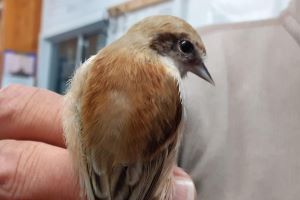
Once again this year we had to contend with restrictions on access to various parts of the site, as well as disappointing numbers of some birds. But there were some successes nevertheless! For the full list and a summary analysis, read on...
More…A review of ringing in 2022
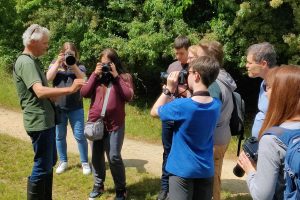
In 2022 we ringed just under 3,000 birds, well down on our long term average but better than the previous two Covid-impacted years. There were however some records set!
More…A traveller returns
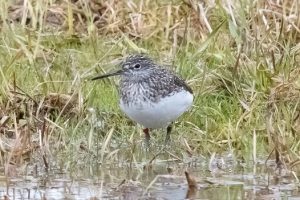
We already know from BTO recoveries that wintering Green Sandpipers in the UK normally breed in Scandinavia, but now we have more specific news of where one of the Rye Meads wintering birds goes to breed. It's even been photographed there!
More…More foreign visitors arriving
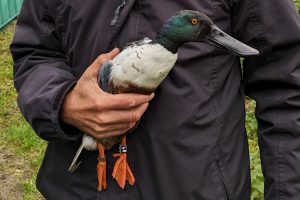
It's always interesting to catch foreign ringed birds for what that can tell us, like these two refugees from wintry weather further east.
More…An update on our rehab Bittern
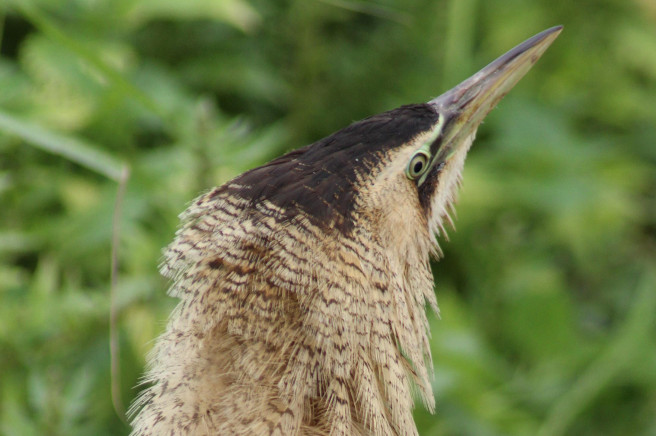
Back in September 2016, a juvenile female Bittern that had been in care after an accident was released at Rye Meads with one of our rings on it. Alan Harris provides the latest news on her story.
More…Ringing Review of 2021
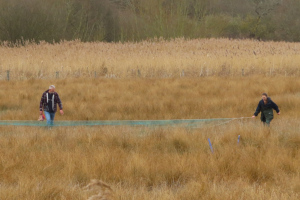
A bad breeding season, no access to Thames Water land, further Covid restrictions... Ringing totals were low, but where were the bright spots?
More…Ringing Review of 2020
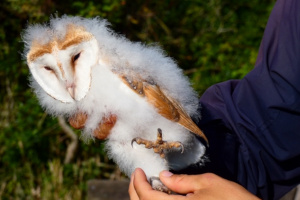
Given the restricted activities due to site closures and social distancing, it's not surprising that the ringing total was low; but there were still some highlights.
More…Ringing review of 2019
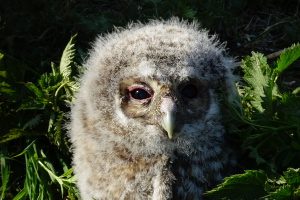
Highlights included record annual totals for Coal Tit, Blue Tit, Robin, Reed Warbler; and equal record for Tawny Owl.
More…Ringing Review of 2018
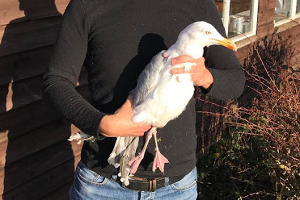
After a challenging year for birds, our ringing totals were the lowest for six years, but we did ring our 141st new species.
More…Pullus ringing does give interesting results

Toby Spall has long been a dedicated nest-finder and pullus-ringer - you may have read his article in the recent issue of BTO News. But he still finds great pleasure in small rewards from this activity, as he explains here.
More…
Get a notification!
We can send you an email when there is a new post for you to read. Why not give it a try? You can unsubscribe at any time.
Sign me up
Full list of Ringing and Results articles
- A review of ringing in 2023
- A review of ringing in 2022
- A traveller returns
- More foreign visitors arriving
- An update on our rehab Bittern
- Ringing Review of 2021
- Ringing Review of 2020
- Ringing review of 2019
- Ringing Review of 2018
- Pullus ringing does give interesting results
- Ringing review of 2017
- From Iceland to Israel – our birds go a long way!
- A review of our wintering Chiffchaffs
- From Russia to Spain – holiday destinations of our birds
- Ringing review of 2016
- Summer Black-headed Gulls here, Chiffchaffs there…
- Gulls in Spain and ducks in France
- Contrasting migration strategies of Teal and Gadwall
